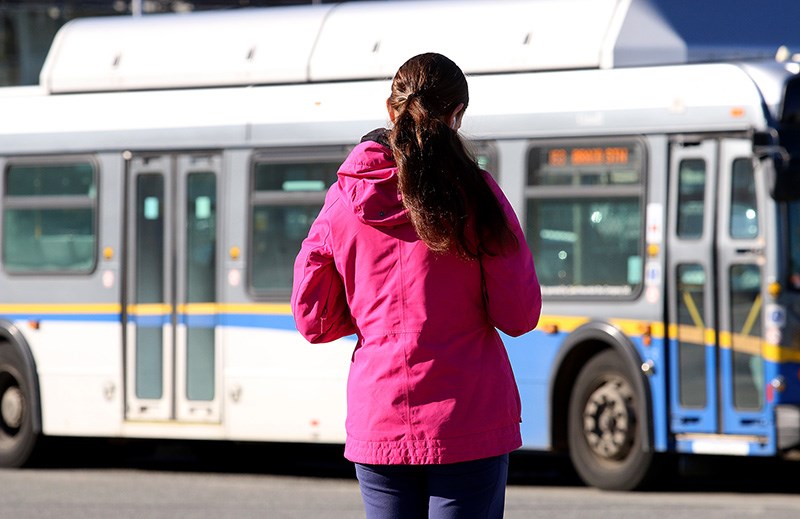On Oct. 16, the Vancouver Sun published an article headlined "Election 2019: Mayors' council releases voters' guide to transit, infrastructure spending." The article highlights how much money each federal party has committed to the region for transportation improvements. Furthermore, the sentiments expressed by MPs in the article indicate that transportation funding is a “significant issue for voters” and that good transportation “gives people more time to be at home with loved ones."
(For a Tri-City News article on the same topic, visit here.)
According to 2016 Census data, the average commute time to and from work across all modes is 52 minutes a day. In 2019, there will be a total 251 working days, which means that the average Canadian commuter will spend a total of nine days commuting in a single year. If we consider retirement at age 65 and a working life of 41 years, that’s 369 days spent commuting for work in a lifetime.
But how much time do you spend travelling to other places, to do things other than work? How many more minutes a day do you spend going to and from the grocery store, to school, to the gym, to church?
If we’re spending a year of our lives just moving our bodies to and from work, think of how many more years we’re spending going to and from other places too.
Indeed, it’s perfectly reasonable to agree that funding for faster transit and wider roads could give us more time for other things. This is one of the reasons transportation is such a key issue in elections.
But by getting caught up in transportation, we often forget to ask ourselves why we’re commuting so much in the first place. The superficial answer is simple: We have to go to different places to do different things.
Why is it, then, that we should be so concerned with going to different places faster instead of asking why these places to which we’re going can’t allow us to do more things once we get there?
The point is this: Asking for better transportation should not be a substitute for asking for better land use. We should consider for a moment that the problem might not just be that commuting is too slow or inconvenient but that we also commute too frequently. By focusing on transportation and ignoring land use, we may run the risk of treating the symptom instead of the disease. In tandem with better transit, we need better land use so that we can make fewer trips, thus reducing time spent commuting.
If we think of commute efficiency in terms of amenities available per minute of travel, we should simply put more amenities closer together, right?
Well, that’s exactly what we’ve seen happen. This is why mixed-use developments, urban villages and shopping malls are so popular.
The problem with mashing amenities together is that the resulting space isn’t always compatible with the average person’s daily life. It seems that every time a new development pops up, we end up with a ground-level mini mall.
Now, there’s nothing wrong with healthy commercial activity but most of us would agree that shopping and consuming does not encompass all of what we’re trying to on a daily basis.
To make fewer trips, we need a single centralized place that allows us to do what we need to do on a daily basis. In other words, a place that we all travel to in order to accomplish more of our lives at once. A place where both our shopping needs and community participation needs can be met.
The best example of these spaces are the European town squares. It’s common to go to one of these squares to attend meetings and classes, purchase groceries at the market, attend church, observe performances, socialize and celebrate at venues, meet locals and representatives, and enjoy park-like recreation.
Not only do those amenities strike a relevant balance between commercial and civic functions, they’re also all in one place, meaning that transport routes tend to focus on connecting people to the square, and the improvements in transit tend to benefit more people.
So if we truly want to spend more time at home with our loved ones and less time in transit, maybe we should start thinking about building our own town squares.
Sev Ebadi is a master’s student in community planning at Vancouver Island University.



